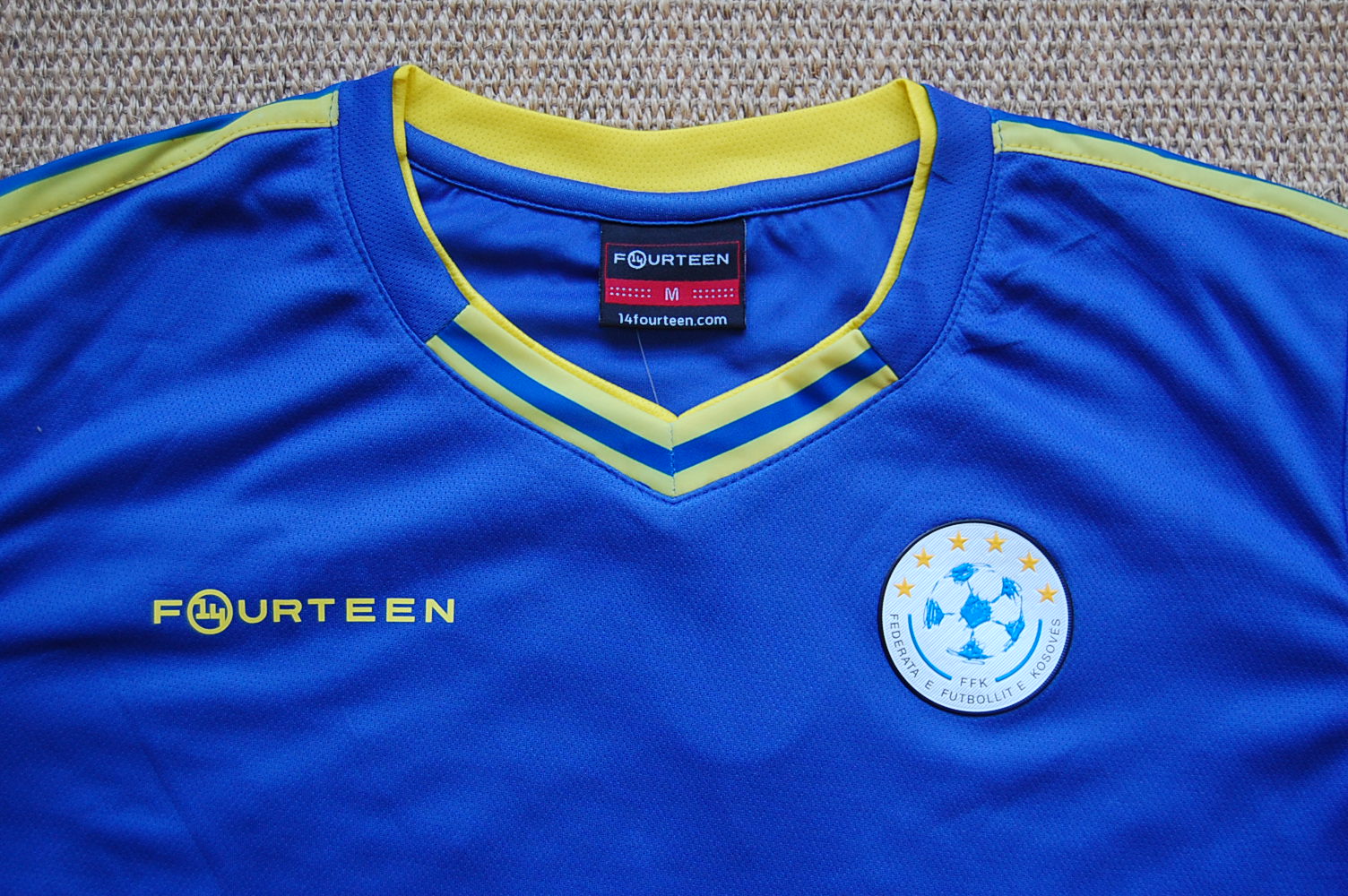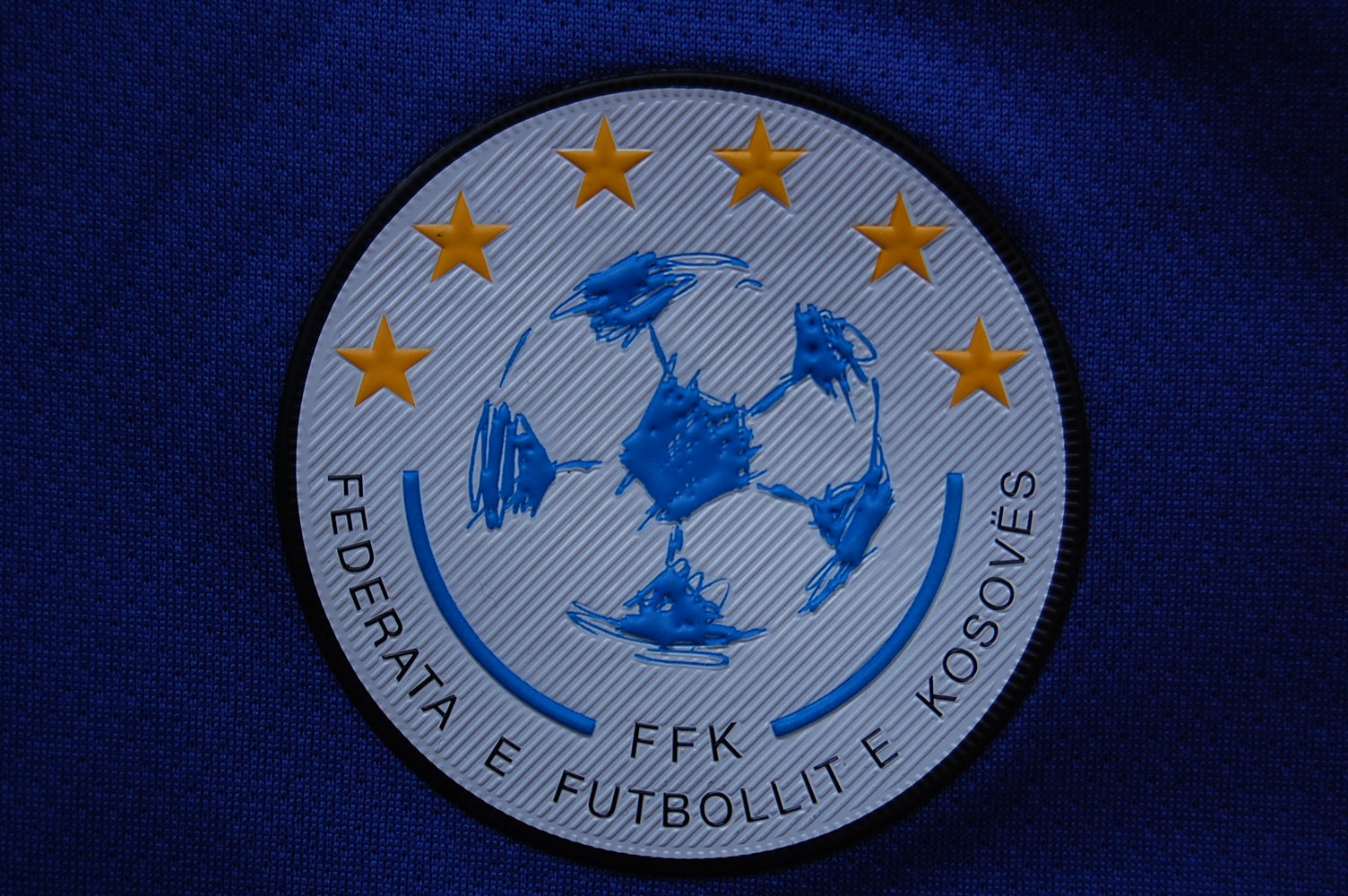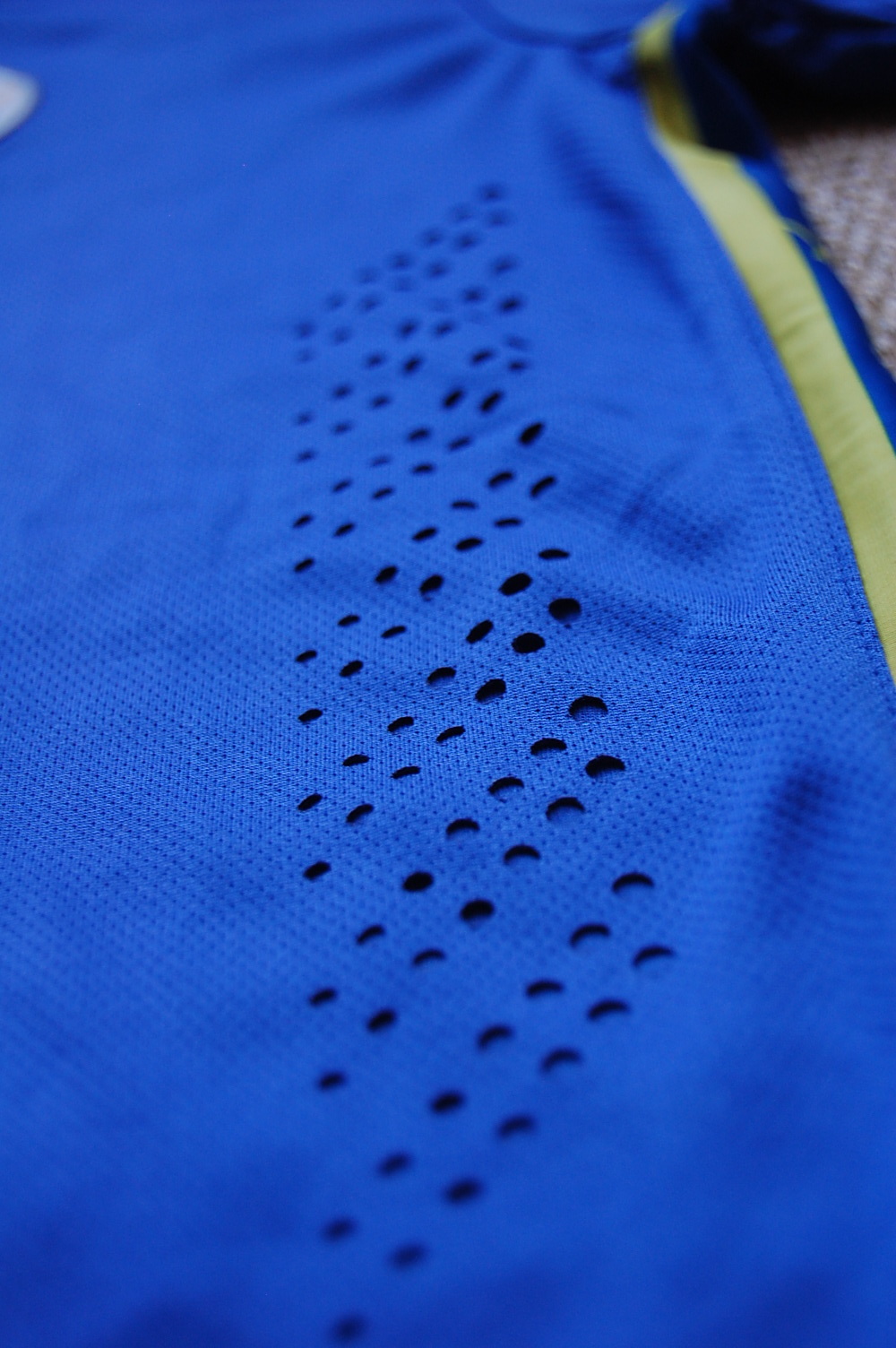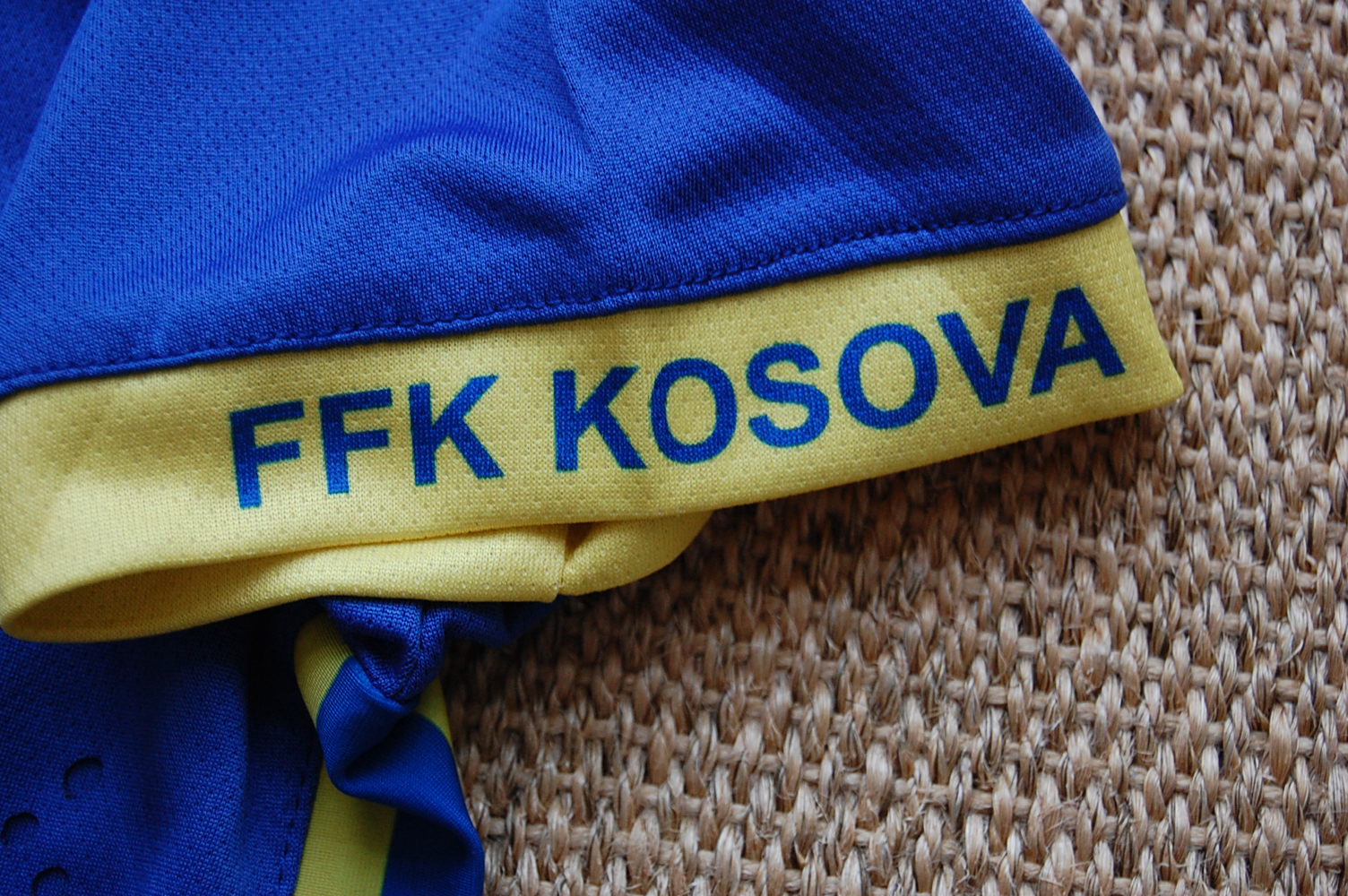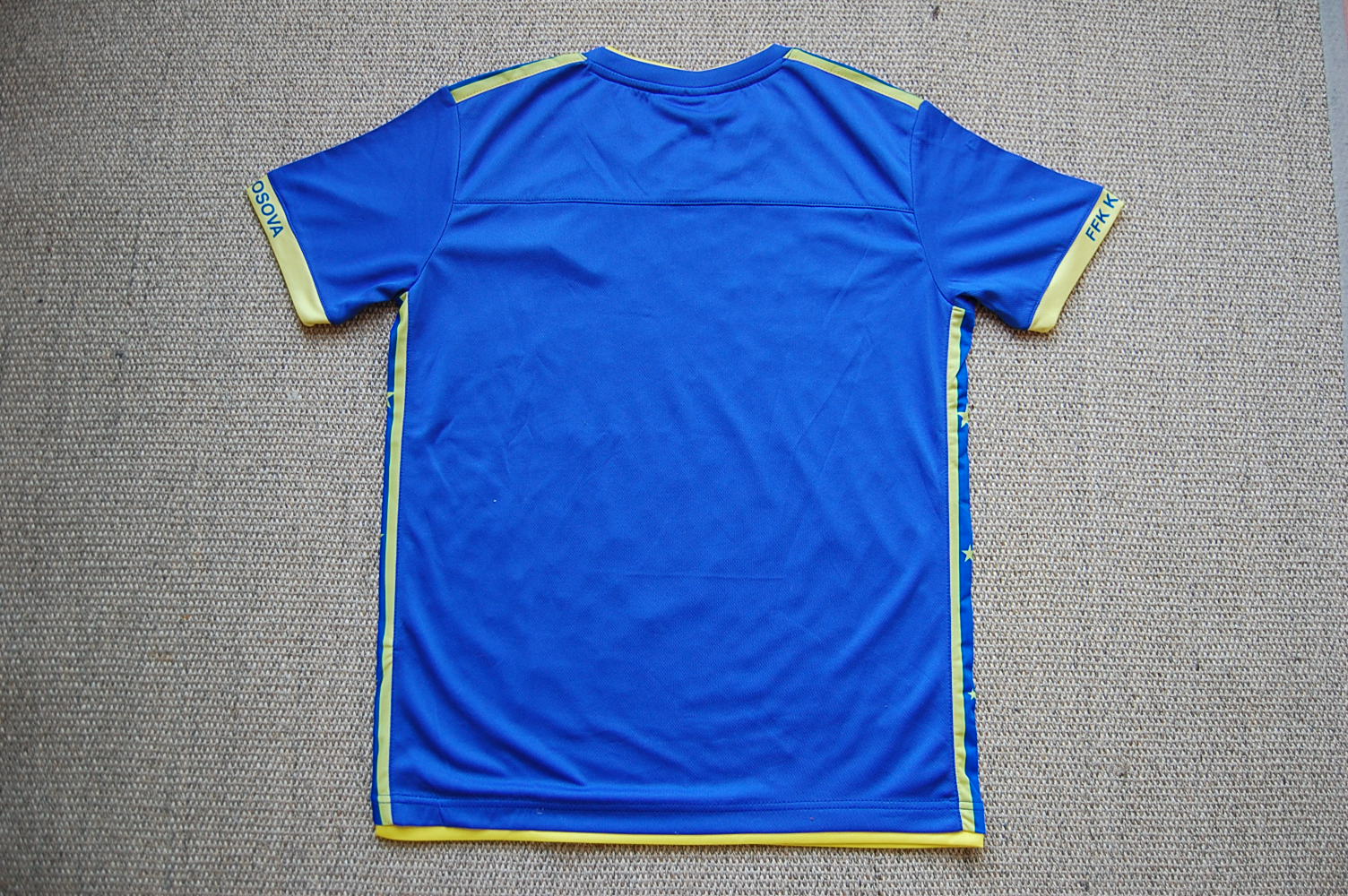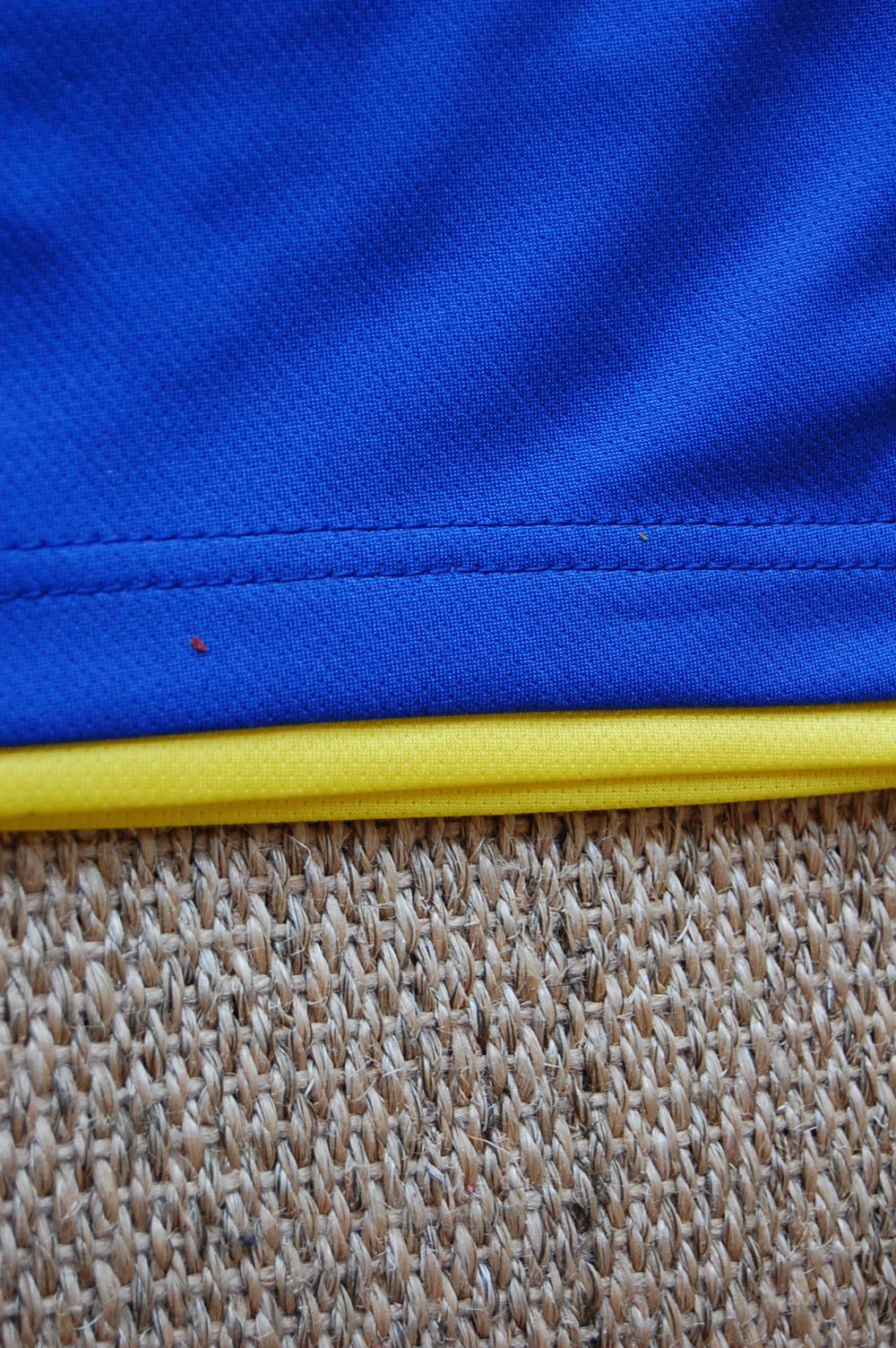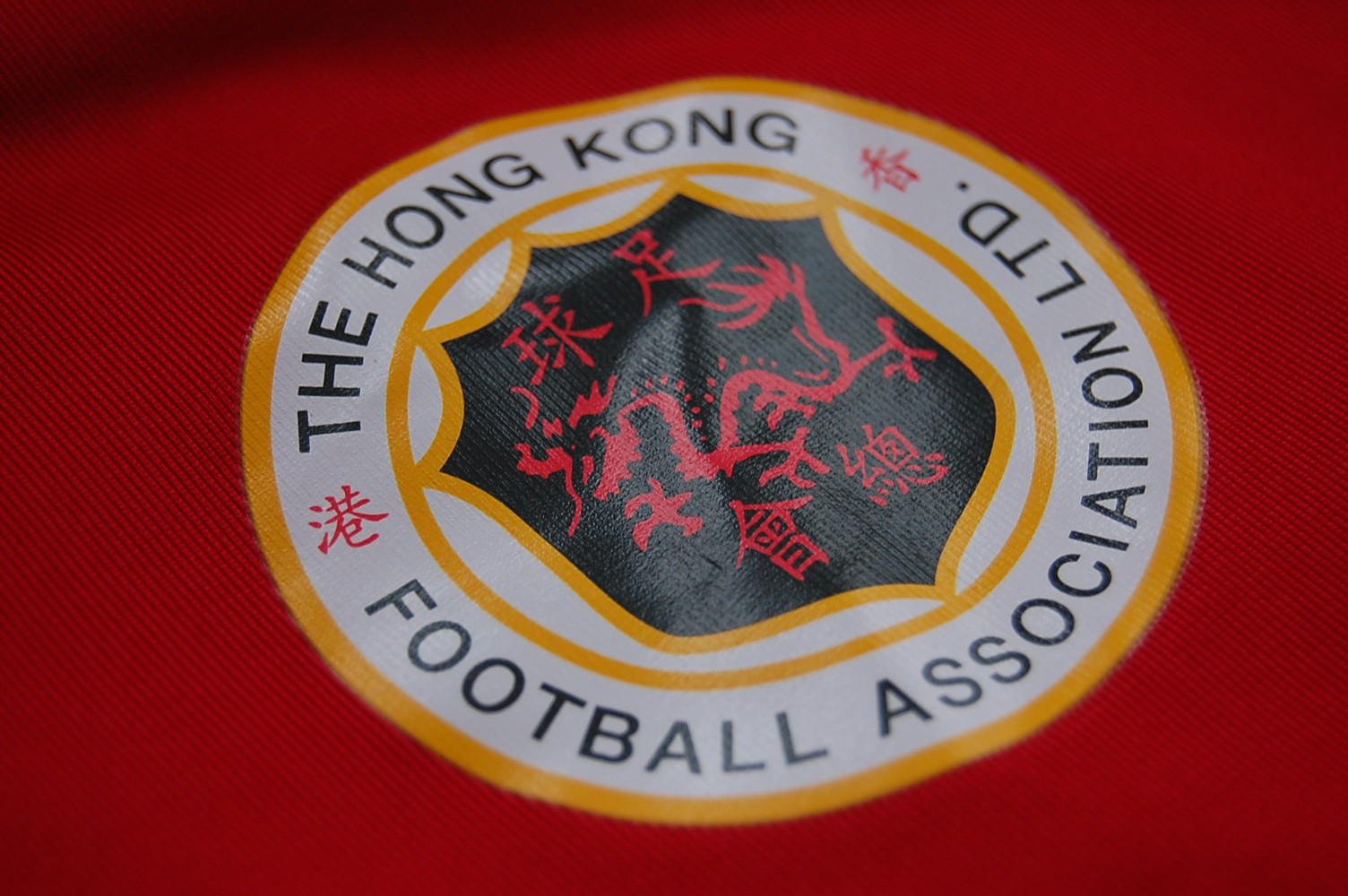Kosovo
Home; 2018/19
Given Kosovo only joined FIFA in 2016, in theory this should not be the longest post I will ever have to write for a shirt. However, like the rest of the former Yugoslav nations there is a longer history of attempted and de facto national teams long before they became recognized by FIFA. Also like the former bloc, Kosovo's path to having full national representative teams was not an easy one. Even after independence.
In terms of the path for the current national team, in 2008 Kosovo declared its independence from Serbia. Many world powers, including the UK and the US recognized this declaration and began formal relations with the fledgling state. Serbia did not, nor did Russia. And the politics of the situation were soon played out in the corridors of footballing power. Within months, FIFA rejected an application for entry on the grounds Kosovo wasn't “an independent state recognized by the international community”. In 2012, FIFA accepted Kosovo had a right to play in international friendlies, but stopped short of allowing them to play competitive games. Serbia fiercely objected even this small concession, and three days later FIFA rescinded their permission and once again stated Kosovo could not play any games. It would be two more years, in 2014, before there would be a change. At that point FIFA announced that international teams at youth level and the senior female team could play friendlies, but could not use any Kosovar national symbols or flags. A national team without national identity. In 2015 UEFA accepted Kosovo fully into the European 'football family’ and FIFA finally accepted them in 2016. The timing worked for Kosovo to enter qualification for the 2018 World Cup, and so on September 5th, 2016 Kosovo - flags, anthems and all - made their competitive debut away to Finland (ending a one-all draw, for the record).
There is far too much to write about the political situation in the Balkans over the past year years, but as mentioned in the first paragraph, Kosovo have had unofficial national teams in the past. In 1993, after the break up of Yugoslavia, a Kosovar team played Albania followed by a number of other friendlies. Again, after the Kosovo war (which initiated the separation of Kosovo from what would later become Serbia and Montenegro) Albania provided the first opposition. And once again, after full recognition from FIFA, Albania were the first opposition. It is not surprising that Albania were so willing to legitimize the various Kosovo national teams. Independent Kosovo has a 93% ethnic Albanian population, and both countries have a shared history. Indeed, some see unification as the final step in their post-Yugoslav development.
The shirt here is the third home kit after entry to FIFA, and to me is the pick of the bunch so far. The first was a team-wear job that looked unbalanced, and in competitions had additional Kelme branding taped over. Its successor was also Kelme, and used quite muted tones which looked dull in my opinion. In contrast, Fourteen have used a brighter blue and yellow (brighter that the photos I managed to take) here to really stand out. The crest is updated, though for me, the solid-lined stars and squiggly football jar against each other, and there are nice touches such as the under-arm stars of the Kosovo flag.
